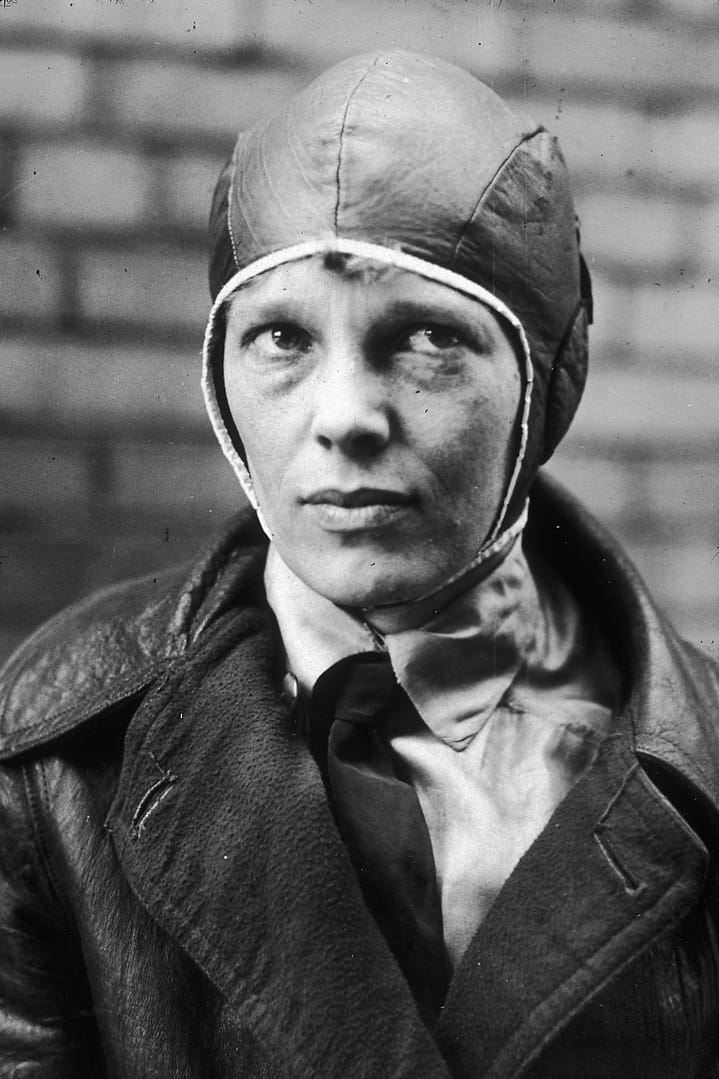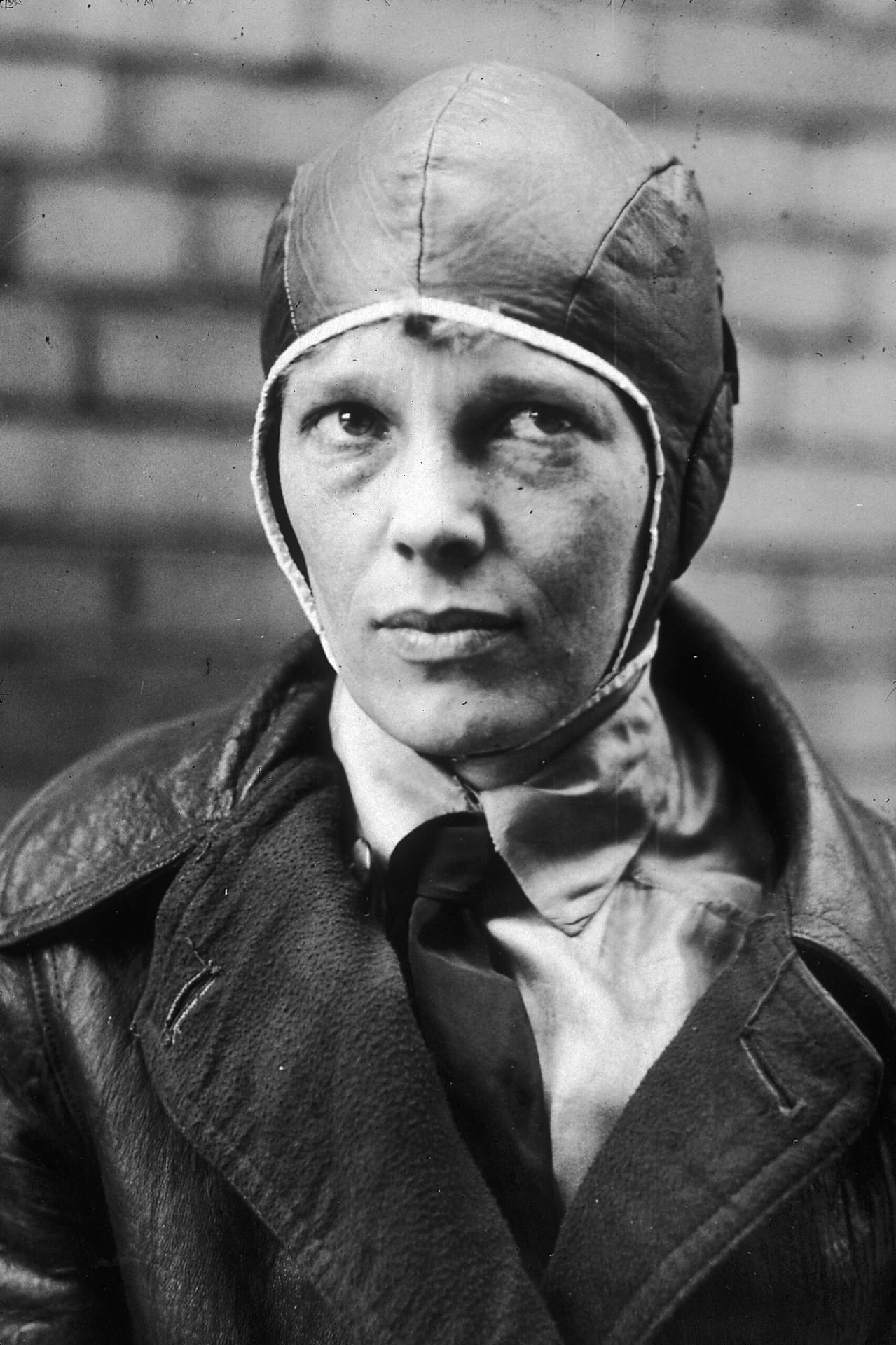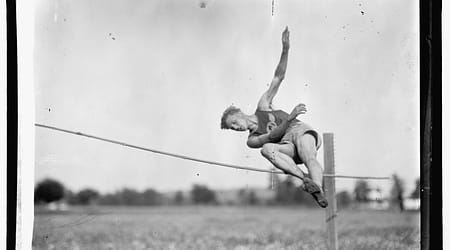When Laurie Gwen Shapiro talks about Harriet the Spy, it isn’t casual. Harriet is her ur-text, her compass. She discovered Louise Fitzhugh’s book as a Manhattan schoolgirl and never really put it down again, at least not in the ways that matter. Harriet, notebook in hand, slinking through the streets of Manhattan in search of truth, gave Laurie permission to be curious, to pry, to write things down even if they were unkind or unflattering. It wasn’t about being liked; it was about seeing clearly. You can draw a straight line from that childhood obsession to the writer she became in mid-life, doggedly scouring archives and family letters to excavate forgotten lives. “I was Harriet,” she likes to say, and it’s not a metaphor.
That compulsion to notice—really notice—is what gives her work its pulse. It’s why her 2018 book The Stowaway could spin an obscure headline from 1928 about a teenage boy sneaking onto a ship bound for Antarctica into a full, cinematic narrative. And it’s why Amelia Earhart, one of the most over-exposed women of the 20th century, felt to Laurie not like a tired cliché but an irresistible challenge. The point wasn’t what everyone knew—the leather jacket, the bob, the disappearance—but what had been overlooked in the archives, hiding in plain sight. Harriet would have approved.
In The Aviator and the Showman, Shapiro zeroes in on the partnership that made Amelia not only famous but legendary. Amelia had the courage, the nerves, the physical daring. George Putnam, her publisher-turned-husband, had the machinery of publicity at his fingertips. Together they staged a kind of proto-reality show, long before the medium existed: lecture tours, product endorsements, magazine spreads. Amelia wanted the sky, and Putnam wanted to sell it back to the public. It was a collaboration that blurred the line between love and contract, a marriage that functioned as both a romance and a business plan.
Shapiro is blunt about Amelia’s complicity. The aviator was no dupe. She knew how much her fame mattered, and she leaned into it, even when she bridled at Putnam’s control. “She was pragmatic,” Laurie told me. “She understood the trade. Fame bought her the planes, the records, the chance to fly farther than anyone thought possible.” That fatal bargain is the motor of the book. Amelia may have rolled her eyes at Putnam’s stunts, but she also knew that without them she would be just another pilot. With them, she was a symbol.
Of course, it’s the disappearance that looms. You can’t write about Amelia without confronting it: the Pacific in 1937, the sudden silence, the decades of theories that followed. Was she taken prisoner by the Japanese? Did she sink with her navigator into the depths of the ocean? Did she somehow survive, stranded on a tiny island until the end? Shapiro, like any good Harriet, is less seduced by the gossip than by the paper trail. She’s not in the business of proving or disproving conspiracies; she’s in the business of showing Amelia’s life as it was lived, not just how it ended.
That requires a kind of patience that feels out of step with our appetite for quick takes and tidy answers. Shapiro thrives on the grind: the hours of microfilm, the fragile letters, the tape recordings in forgotten boxes. If Earhart has become a ghost story in the culture, Shapiro’s aim is to restore her to flesh and contradiction.
What emerges is not the saintly figure of children’s biographies but a tougher, sharper woman. Amelia could be aloof, even cold. She was fiercely protective of her independence, rejecting a wedding ring, treating sex as practical rather than sacrosanct. She wanted to fly more than she wanted to please. That single-mindedness is easy to sentimentalize from a distance, but Shapiro refuses to sand down the edges. “She was complicated,” Laurie said. “And that’s why she’s interesting.”
Listening to her, I began to see how Harriet the Spy and Amelia Earhart are joined in Shapiro’s imagination—two girls who refused to sit quietly, who wrote their own scripts, who valued freedom above approval. Harriet trailed her neighbors with a notebook; Amelia took to the sky. Both insisted on seeing for themselves, not being told. And both remind us how much myth depends on the ordinary, dogged act of observation. Shapiro has simply picked up the notebook where Harriet left off.
Listen here to our episode of Shelf Life featuring Laurie Gwen Shapiro on Amelia Earhart, Harriet the Spy, and the Art of Rewriting a Legend. Purchase a copy of The Aviator and the Showman here.






